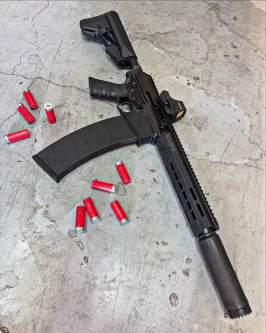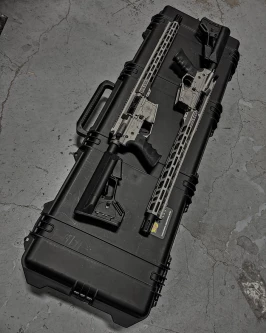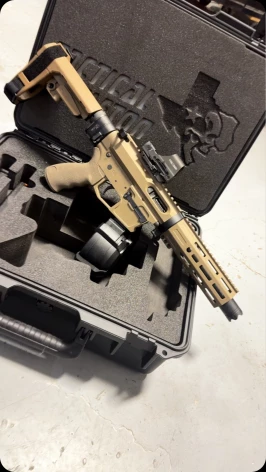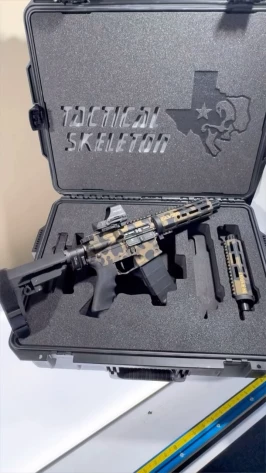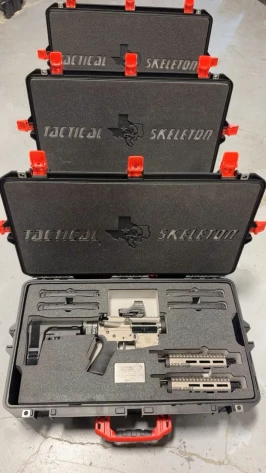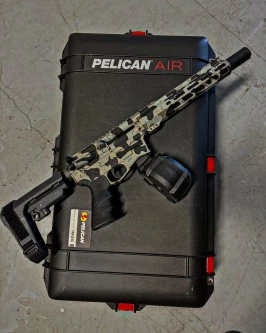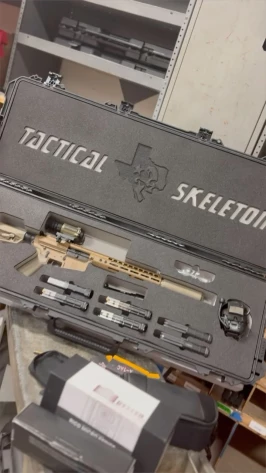The Coriolis Effect and Earth’s Curvature in Extreme Long-Range Precision Shooting
When discussing extreme long-range precision shooting, factors such as wind, humidity, and bullet drop are typically at the forefront of considerations. However, for truly exceptional distances, two additional factors become crucial: the Coriolis effect and the curvature of the Earth. Understanding these phenomena and their impacts on bullet trajectory is essential for marksmen aiming for extreme precision.
The Coriolis Effect: A Rotational Reality
The Coriolis effect, named after French scientist Gaspard-Gustave de Coriolis, refers to the apparent deflection of moving objects when observed within a rotating frame of reference—in this case, the Earth. The Earth rotates from west to east, causing moving objects in the northern hemisphere to deflect to the right and those in the southern hemisphere to deflect to the left.
For long-range shooters, this means that a bullet's trajectory will be slightly altered based on the Earth's rotation. At distances up to a few hundred meters, this effect is negligible. However, for shots exceeding 1,000 meters, especially those reaching out to 2,000 meters or more, the Coriolis effect can become a significant factor.
Horizontal Deflection: In the northern hemisphere, a bullet fired north or south will deflect to the right. In the southern hemisphere, it deflects to the left. This means that marksmen need to adjust their aim slightly to compensate for this lateral drift.
Vertical Deflection: There is also a vertical component, albeit smaller. A bullet fired east will have a slightly higher trajectory due to the increase in rotational velocity, whereas a bullet fired west will have a slightly lower trajectory. This adjustment is minuscule but can be critical at extreme distances.
Earth’s Curvature: The Bigger Picture
The curvature of the Earth affects how shooters perceive their targets over long distances. While the Earth’s curvature is not a factor for typical shooting ranges, it becomes significant for extreme long-range shots.
Line of Sight: The curvature of the Earth means that over great distances, the target will appear lower than it actually is. This is because the Earth drops away beneath the line of sight. For example, over a distance of 2,000 meters (about 1.24 miles), the Earth’s surface curves approximately 31.4 centimeters (about 1 foot). Marksmen must account for this drop to maintain accuracy.
Atmospheric Conditions: The Earth’s curvature also affects atmospheric conditions. Over long distances, variations in air density, temperature, and humidity can affect bullet trajectory. The curvature can cause these atmospheric layers to change, introducing additional variables that shooters need to compensate for.
Compensating for These Effects
Precision shooters use advanced ballistic calculators and environmental sensors to account for these effects. These tools consider the Coriolis effect, Earth’s curvature, wind speed, temperature, humidity, and other factors to provide accurate firing solutions.
Ballistic Calculators: Modern ballistic calculators can input data on the shooting environment and provide precise adjustments for both the Coriolis effect and Earth’s curvature. Shooters input variables such as latitude, distance, and direction of the shot to get accurate aim adjustments.
Training and Experience: Despite technological aids, training and experience are irreplaceable. Understanding how to interpret data and make real-time adjustments based on environmental changes is crucial for success in extreme long-range shooting.
Practice and Observation: Repeated practice and keen observation help shooters understand how these factors affect their shots. Learning from each shot and adjusting accordingly hones their skill and accuracy.
Conclusion
Extreme long-range precision shooting is an art that combines physics, mathematics, and skill. The Coriolis effect and Earth’s curvature are two critical factors that come into play at these distances. By understanding and compensating for these phenomena, shooters can achieve remarkable accuracy, hitting targets that once seemed impossible. Embracing the science behind the shot, coupled with continuous practice and the use of advanced technology, elevates precision shooting to an extraordinary level.
